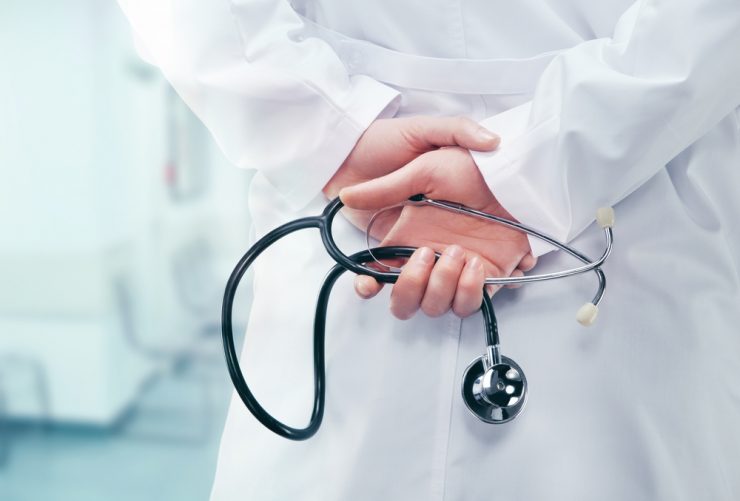Small pouches protruding or sticking on the outer side of the large intestine (colon) are termed as Diverticula. This condition of the large intestine is called Diverticulosis.
This problem is very prevalent and statistics show it is up to 50% in persons of 50 years and above and up to 70% in persons of 80 years and above.
Condition of Diverticular disease and Diverticulitis
Diverticulosis does not show any symptoms in about 75% cases and this state which is symptom free is known as asymptomatic diverticulosis and 25% cases experiencing symptoms like lower abdomen experiencing episodes of pain, diarrhoea and constipation are said to have Diverticular disease
In case infection gets into the pouches in the walls of large intestine (colon) and as a result gets inflamed, this state is called as Diverticulitis. This is generally caused by pieces of stool getting stuck in one of the pouches as a result the bacteria present in the stool multiplies and spreads very fast leading to Diverticulitis
There is severe and constant pain along with fever when the person reaches the stage of Diverticulitis. Antibiotics are usually given as treatment, but if it occurs repeatedly, then it may require surgical treatment. At least 25% of persons having Diverticular disease will also have Diverticulitis at least once. If Diverticulitis is not treated, it can have serious consequences. This is due to the fact if infection in the pouches spreads to other areas in the body, it can become fatal.
Symptoms of Diverticular disease
While passing stools or after eating episodes of pain in the lower part of abdomen normally on lower left side.
Bowel habits getting changed witnessing constipation or sometimes diarrhoea.
Presence of small quantity of blood in stool.
Generally feeling bloated.
Symptoms of Diverticulitis
The prime symptom normally is a constant severe pain starting just below the belly button and travelling to lower part of left hand side. In Asians it could travel to right side of the lower part of abdomen
Constipation and Bleeding from the end of large bowel (rectum)
Nausea and Vomiting.
Need to Urinate frequently and having pain during urination
Reasons of Diverticular disease / Diverticulitis
Colon or Large Intestine consists of layer of flexible tissue which is covered by muscles which are tougher and firmer. The main function of colon is that it helps in extracting nutrients from food eaten by us and flushes wastage or undigested food to the rectum which finally comes out of the anus in the form of stool.
Fibre helps in making the stool large and soft which is easy to push out of the body and the habit of not eating sufficient fibre and having food containing low fibre makes hard and small stools which puts pressure on colon’s muscle to push them out of the body, thus creating weak spots in the outer muscle layer. Then the inner layer uses these weak spots to squeeze out forming pouches called diverticulosis
Though this has not been proved clinically, but the fact that incidence of diverticula disease and diverticulosis are practically non-existent in South Asia or Africa where high-fibre food habits are more prevalent justifies the association of diverticulosis with fibre













